SUMMARY
This is AI generated summarization, which may have errors. For context, always refer to the full article.
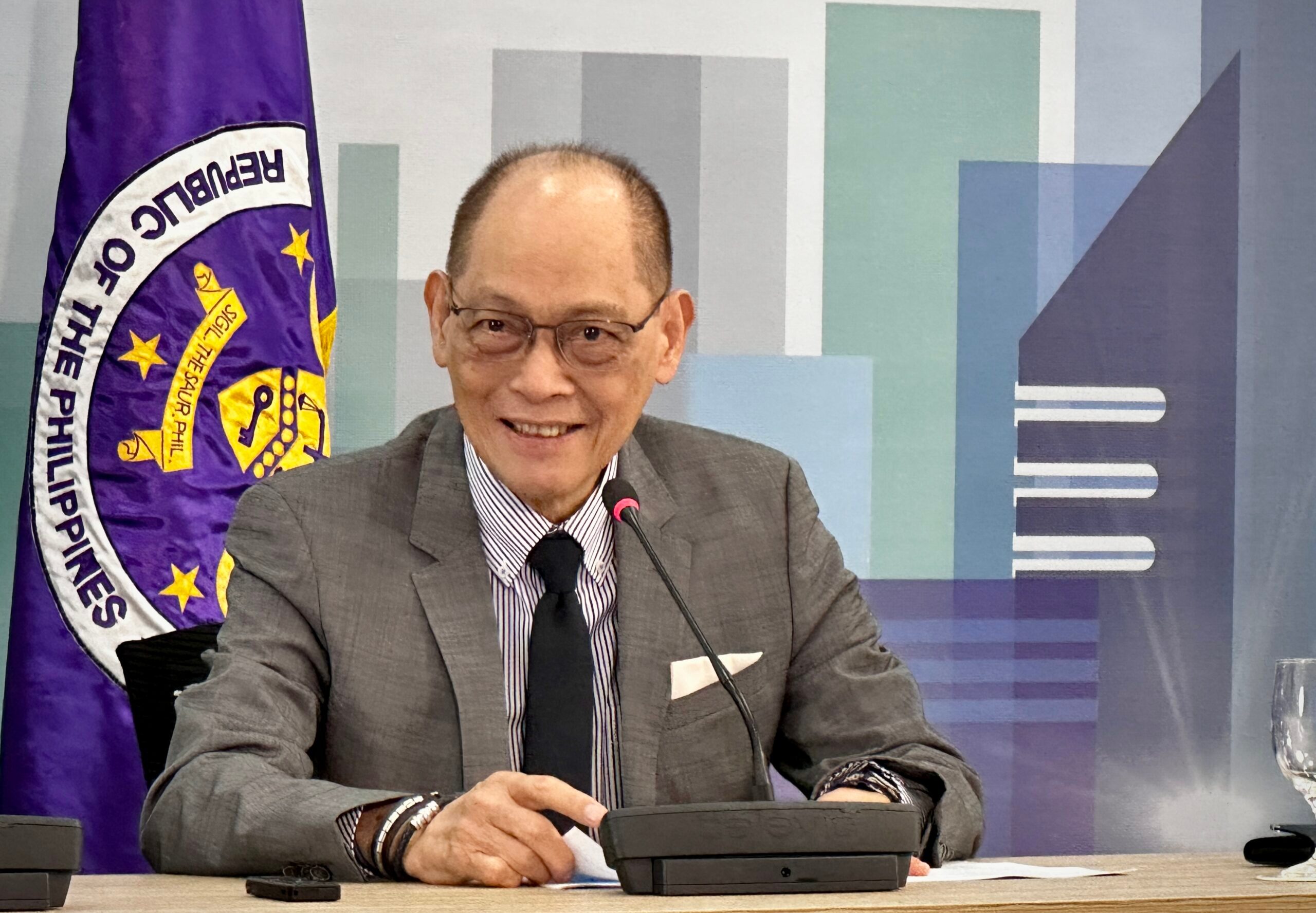
MANILA, Philippines – Finance Secretary Benjamin Diokno admitted being “surprised” on the sudden order of President Ferdinand Marcos Jr. to set price ceilings on some rice products nationwide.
“Nasa Japan kami talaga when that was announced. Magkatabi kami ni Arsi,” Diokno said, referring to National Economic and Development Authority (NEDA) Secretary Arsenio Balisacan.
“Nagulat nga kami. Lumabas na agad e,” he told reporters on Friday, September 8.
(We were in Japan when it was announced. I was beside Arsi. We were surprised. It just came out suddenly.)
He also admitted that the President didn’t extensively consult the country’s economic team before issuing the executive order on August 31. At that time, Diokno and other top officials from NEDA, Department of Transportation, and Department of Energy were in Tokyo to attend the Japan–Philippines High Level Joint Committee on Infrastructure Development and Economic Cooperation.
But despite the initial shock, NEDA and the rest of the economic team were quick to offer their support to the President’s decision, saying it was necessary as the country is “facing difficult times”. (READ: Marcos’ economic team backs rice price cap, group claims it’s harmful)
Diokno also reiterated their support, releasing a statement on Monday, September 11, saying: “We agree with the President that implementing a price cap on rice is the most prudent course of action at the moment to achieve two critical objectives: stabilizing rice prices and extending immediate support to our fellow countrymen.”
However, others begged to differ. Since Marcos came out with the order, economists, farmers groups, and retailers have all feared its consequences, like having fewer vendors to sell rice or degrading the quality of rice sold. Small-time retailers have also been getting by with cash assistance distributed by the government, which could cost the government billions.
The President’s controversial decision even led to the loss of a key “reformer” in the Department of Finance (DOF) after former undersecretary Cielo Magno was forced out of her post for her apparent critique of the price cap.
So, why did Marcos set it in the first place? Supposedly because of hoarders and smugglers.
“Ang justification naman kasi ni Presidente, under ideal market conditions, hindi talaga magwo-work yung price control. Pero sabi niya hindi naman talaga ideal,” Diokno told reporters during the weekly forum.
(The President justified it because although price control wouldn’t work in ideal market conditions, he said that this was not ideal.)
Diokno said that these so-called “market players who are misbehaving” are manipulating the price by hoarding the supply of rice. That’s why the government has had to step in with the “temporary” measure of setting a price ceiling.
However, even Diokno said that the government “cannot sustain” the price caps on rice for too long.
“Price controls, when carefully calibrated and closely implemented, are effective in the near term. However, the government recognizes that it also has adverse effects if allowed to linger for a longer period,” Diokno said.
The finance secretary said that these price caps could continue for about one month, or until around the start of October.
“Near term is when the condition for the imposition of the price ceiling no longer exists. So, for example, kung mahuli talaga ‘yung mga hoarders (if the hoarders are caught), etc. And of course, if meron nang harvest, or nariyan na ang importation (the harvest starts or the imported rice arrives)….given those conditions, mga one month (about a month),” he explained.
To ensure rice supply in the country is enough at the reduced price, the DOF has proposed reducing the 35% rice import tariff between 0% to 10%, implementing the Super Green Lane for the processing and clearance of the country’s “topmost qualified importers” of rice, and granting a temporary exemption from increase in toll for trucks moving rice. – Rappler.com
1 comment
How does this make you feel?
![[In This Economy] The bad economics of Marcos’ rice price ceilings](https://www.rappler.com/tachyon/2023/09/20230905-bad-economics-marcos-price-ceiling.jpg?fit=449%2C449)
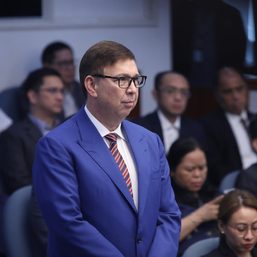
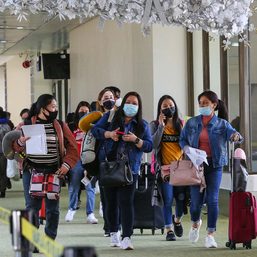
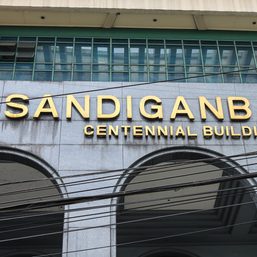
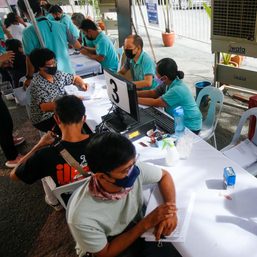
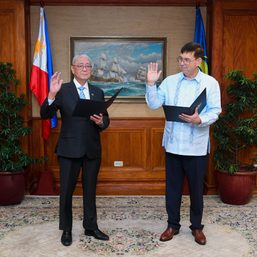




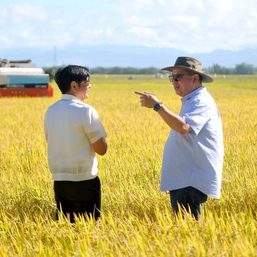
This is an incident that with respect to the Price Cap issue there was a Lack of Communication between President Marcos Jr. and his economic team. The said economic policy was really done in haste. No matter what will be the consequences as long as Marcos Jr. can copy the said policy of his father, which is part of the image he is projecting (“Like Father, Like Son”) including that of the so-called “Marcos Family Legacy.”